The more advanced technologies become, the more demanding customers are. Well-thought-out UI, eye-catching animations, and smooth user-flow are not enough for them anymore. Users like the feeling of personal communication with the brand. So to keep them loyal and motivate them choosing your business among all competitors, you have to create this feeling.
The crucial level of communication with the brand can be accomplished due to UI/UX personalization, that brings easy-to-browse and easy to navigate interface. Therefore, the personalization of a system’s user interface (UI) features can enhance usability. As a result, your customer gets a higher grade of satisfaction, that converts into more purchase.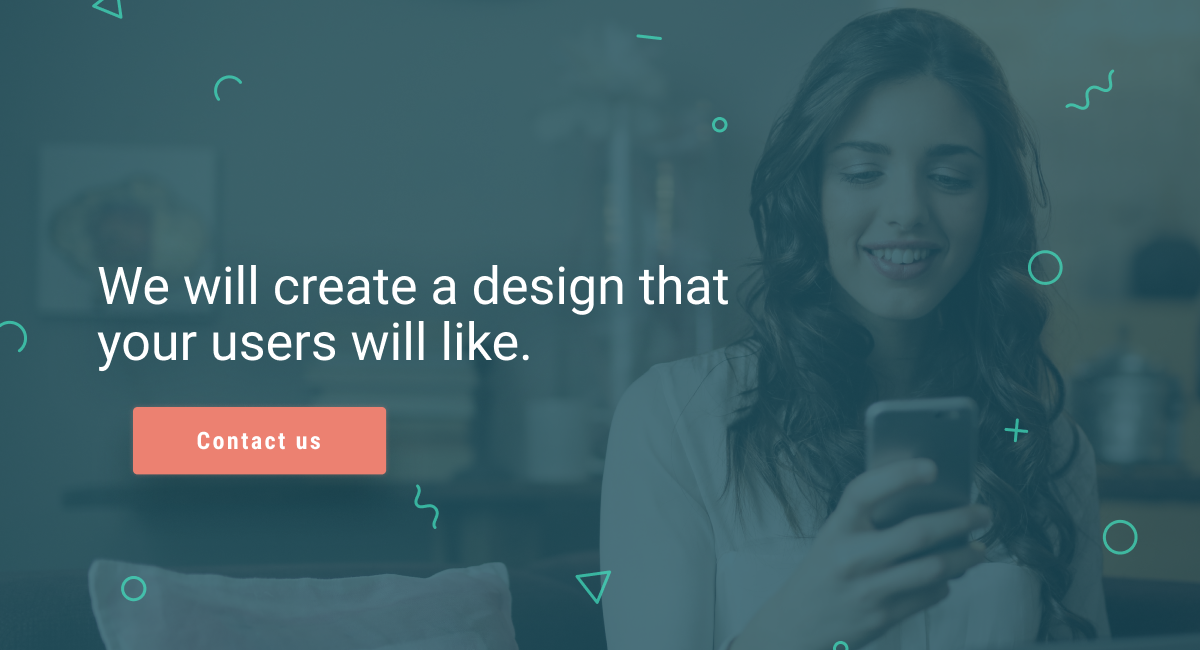
Personalized UI/UX is one of the design trends in website developing. We can define it as a way to tailor your web resource to an individual user’s taste and needs. It’s based on artificial intelligence and data, collected by the system. Personalization works well when is relevant and in sync with user’s needs. When it comes to personalization, customization not be overlooked too.
Personalization is a system setup made by developers. The goal is to identify the user individually according to preset segments and to deliver a Visual Best Bet of specific information and suggestions. After implementing personalization to your website, content, visual elements, functionality, etc. are shown to the user depending on the user himself.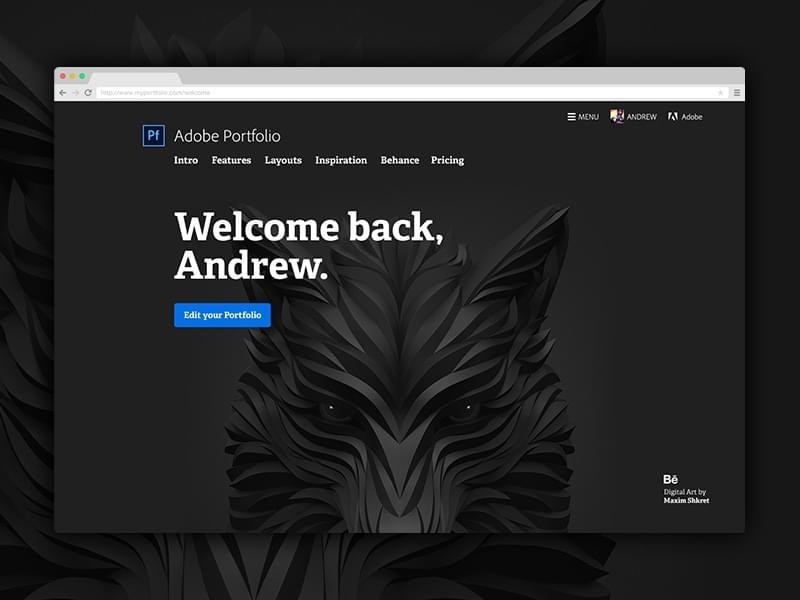
Personalization can be done down at different levels:
Customization is the unique and comfortable UX, that the user makes by himself, according to his needs, preferences, and priorities. Customization enables a user to control his interaction with the website, set information preferences, the way content is organized, and the website is displayed.
It works well when based on natural intelligence when users know what they need and how to get it.
That’s how customization is made on the BBC website. 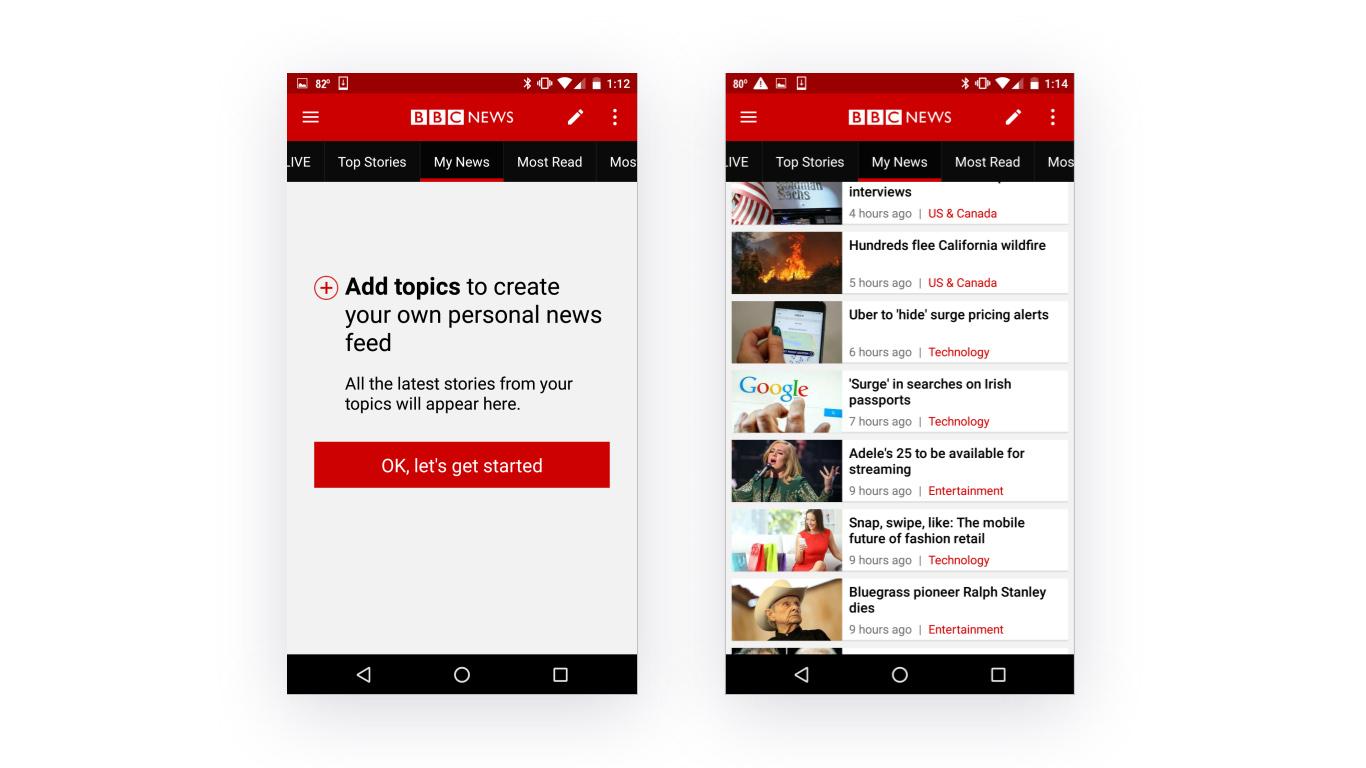
Possibility to switch website to visually impaired accessible version is one of the types of site customization. To rank up all the competitors, develop a system that enables users configuring layout, content, or system functionality. Site adaptation to visually impaired accessible version (VIAV) is an example of this case.
There is how we made it for National Police website.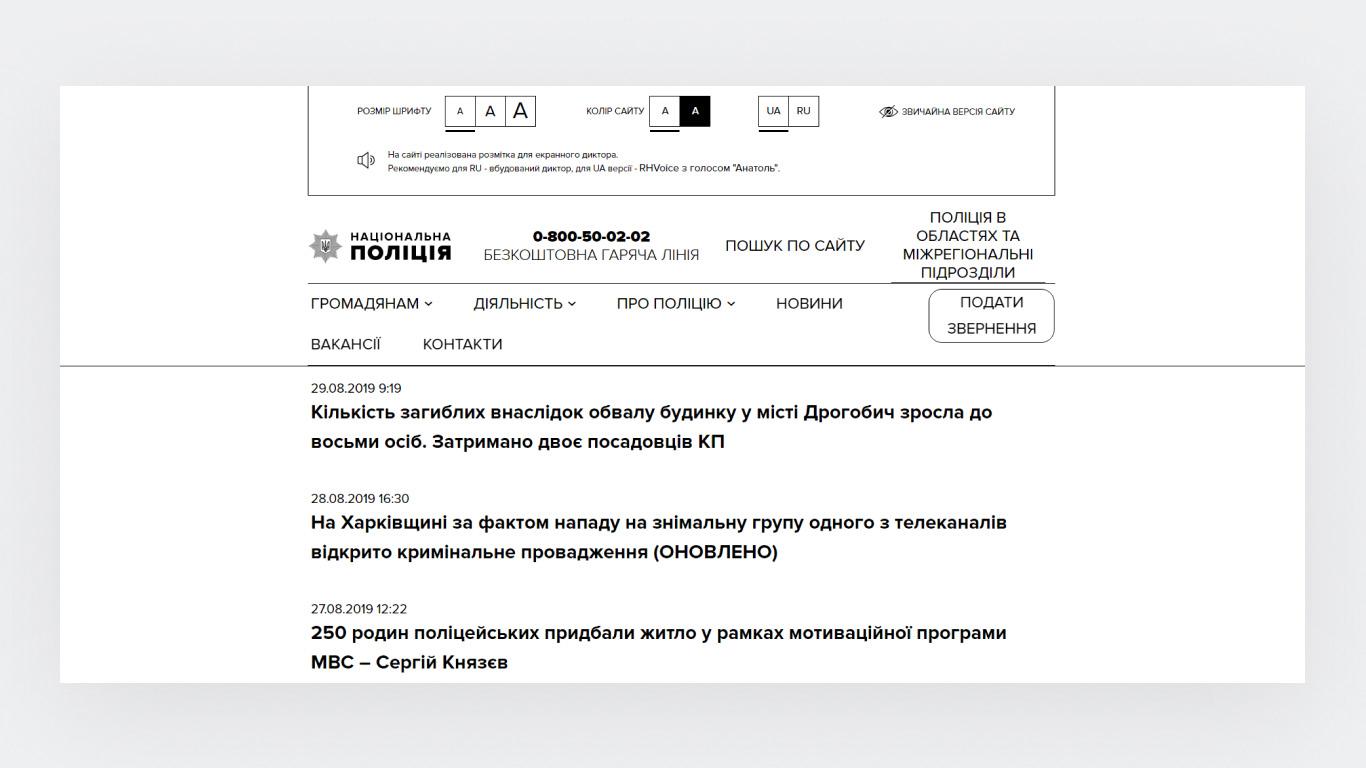
While personalization developers and designer control what the website looks like for the user, customization hands over control to the user himself. Carefully implementation of these tools can enhance users’ experience.
The first way to properly use AI in marketing is for better targeting. The data that allows each client to be presented separately and makes it possible to make the most individual offer and arrange it for yourself. Personalization can be divided into several types:
Segment-based personalization means dividing customers into segments. And to take advantage of them, it is essential to determine: WHO visits your site, WHY they come in, WHAT are their intentions, WHERE are they going to go as next logical step.
Location-based personalization means creating websites according to local tastes, interests, cultures, and results in better conversion. Example of local-based UI is Coca-Cola. Being known all around the globe, the company make personalized UI in every country represented.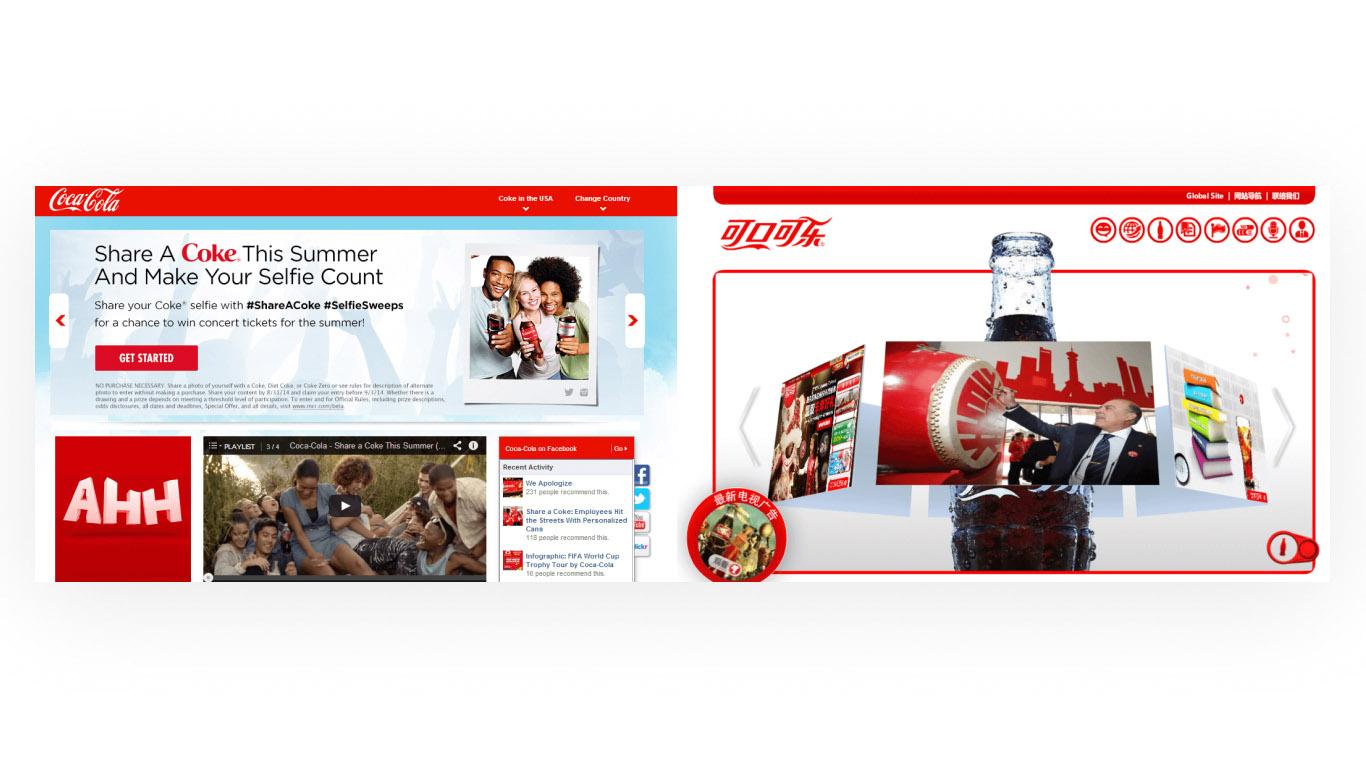
Role-based personalization works on a user’s persona. When a user logs in and surfs your website, the system collects his data and then shows him specific personalized content. Moreover, AI recognizes other users who match the persona type (based on pre-groupings) and display them the same content by means of advanced personalization.
One of the best examples is Ving. User can choose his role on the website or platform, and after the user does it, the system caters to his needs.
Time-based personalization helps sell better catering to customers in their hour of need. It works best with businesses related to hunger, a sleep or other physical needs of customers. One of the best cases is McDonald’s website that updates every day according to the day of the hour, and different meal proposals (breakfast menu, lunch menu, snacks during the day).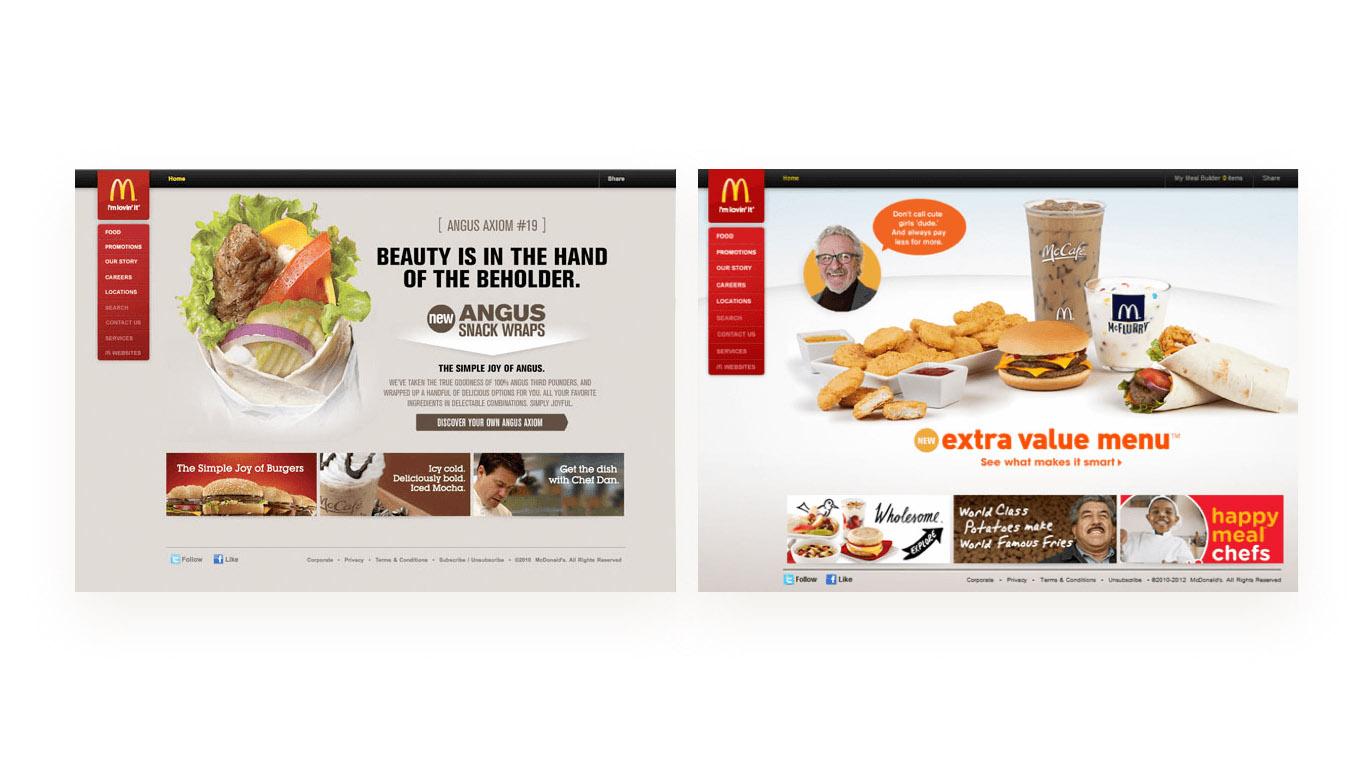
Cross-Selling personalization convinces users to buy higher denomination items than they are looking for. Offers, like ‘shop-the-look’, are incredibly example of AI in personalization. They help intelligently increase revenue without the risk that the customer goes away without having bout at least the base product.
A great example of cross-selling made by Asos.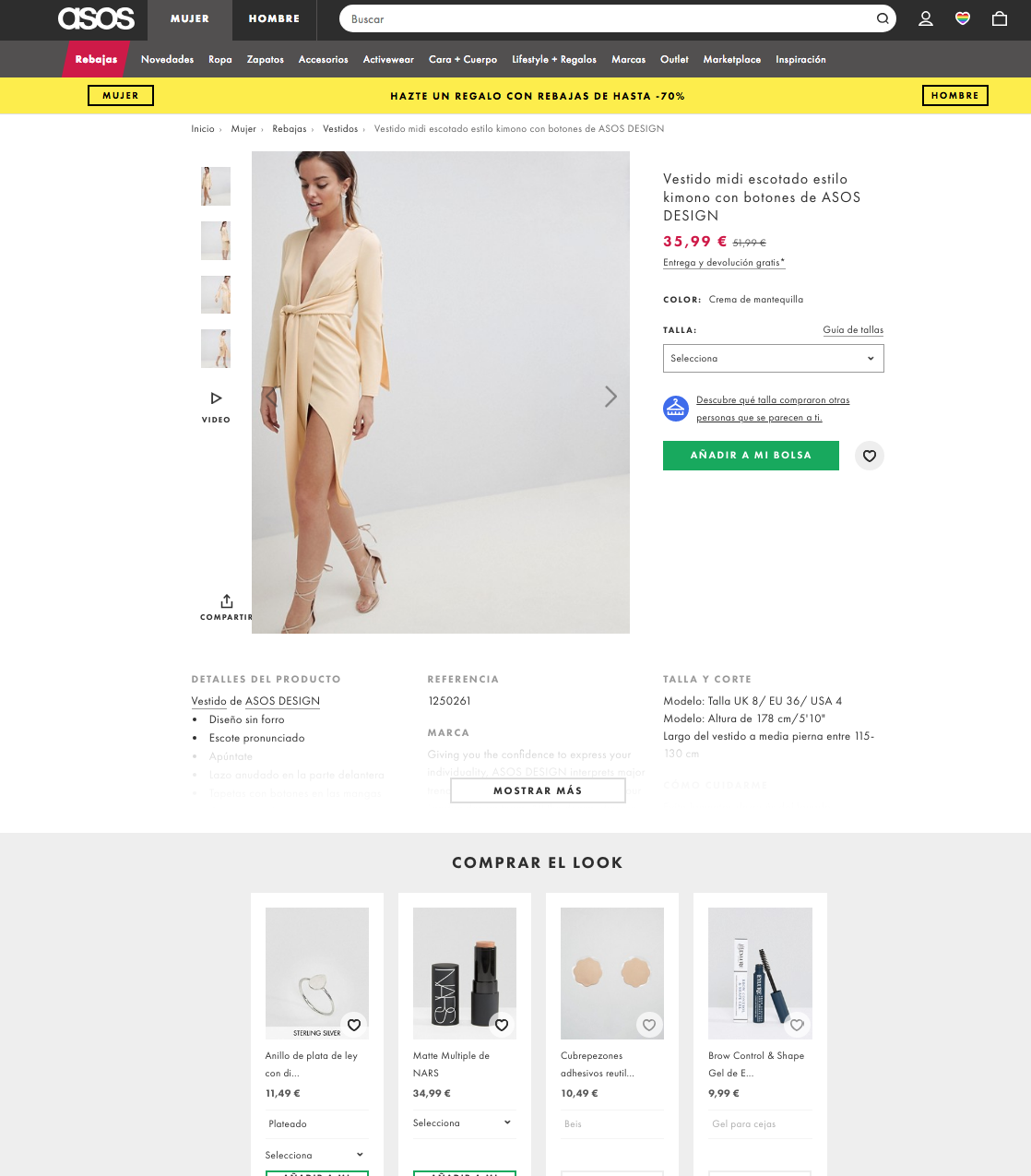
Enhanced Shopping Experience is a way of non-direct personalization. For example when user cancels the purchase, the website uses this data and shows similar items to the one which was in the canceled order earlier. It gives a chance to motivate user for next purchase.
One of the enhanced shopping experience examples is Nykaa website. 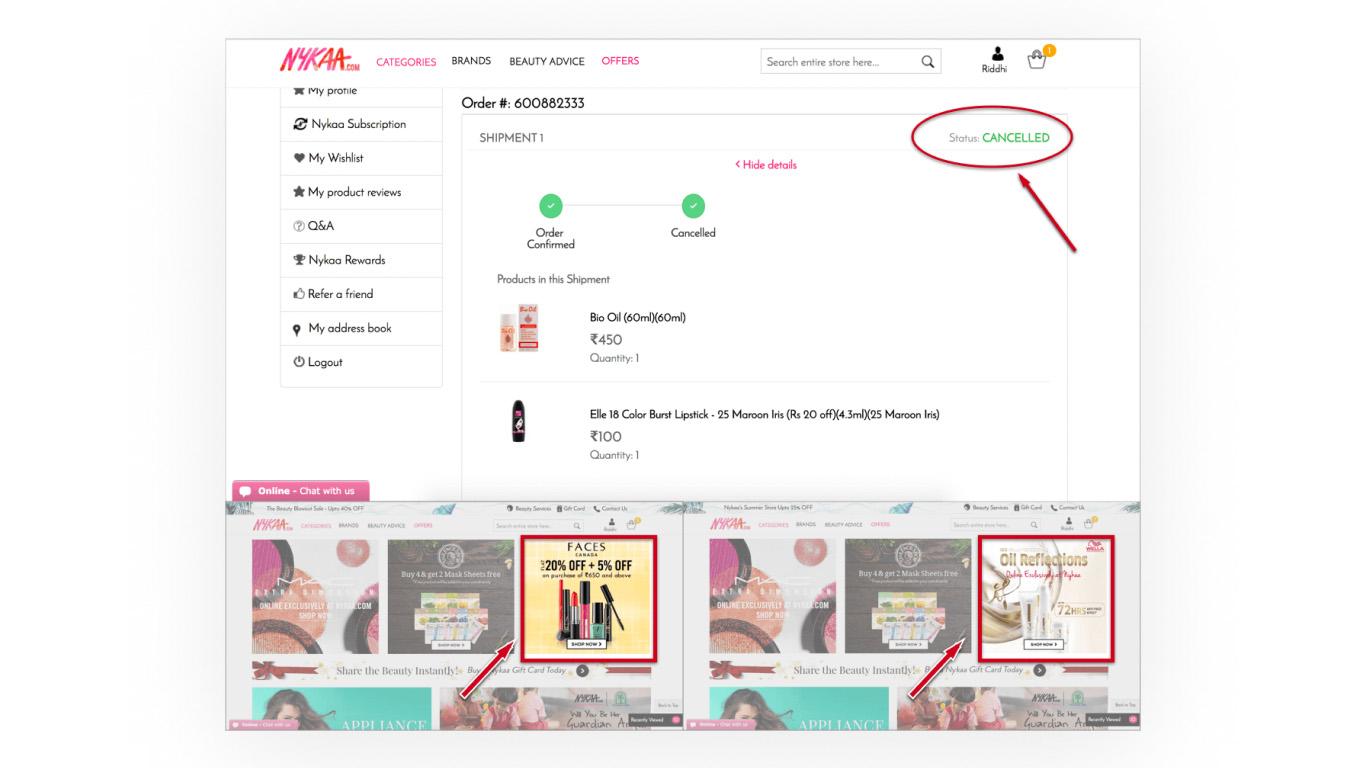
Individualized personalization can be seen in contrast to the role-based personalization. This means that the system creates an individual UI/UX for every user and shows different interface to each person. Based on the user’s searching data system make a deduction that the user is engaged, divorced, pregnant, an enrolled student, or a new parent.
A significant example of such a design
How personal can be UI? Is it possible to create a unique visual part for every user? Well, the answer is “No”, if your designer is human. But the answer is “Yes” if your designer is AI, based on machine learning. The well-designed algorithm can draw myriads of templates, each one-of-a-kind.
A test run was made when specially created algorithm designed seven millions of unique Nutella packaging designs for the Italian market. Take a look at how it works.
AI capabilities enable your business to provide individual users with the user interface they need. Relevant interface means no applications, tabs, menu items, etc. which users do not use. A personalized UI makes the system more comfortable to use and understand.
Let's consider in more detail what AI allows us to do:
The UI personalization on a base of machine learning helps increase conversion. For example, personalized push notifications can increase open rates up to 800%. Online retailer JD Williams increased new visitor conversions by 18 percent after only two weeks since they incorporated personalized mobile experience.
Customers always want more. Modern e-commerce websites need personalization to build a deep connection with their visitors. A customer profile and identity management software provider Janrain’s research suggests that 74% of internet users hate being shown irrelevant content.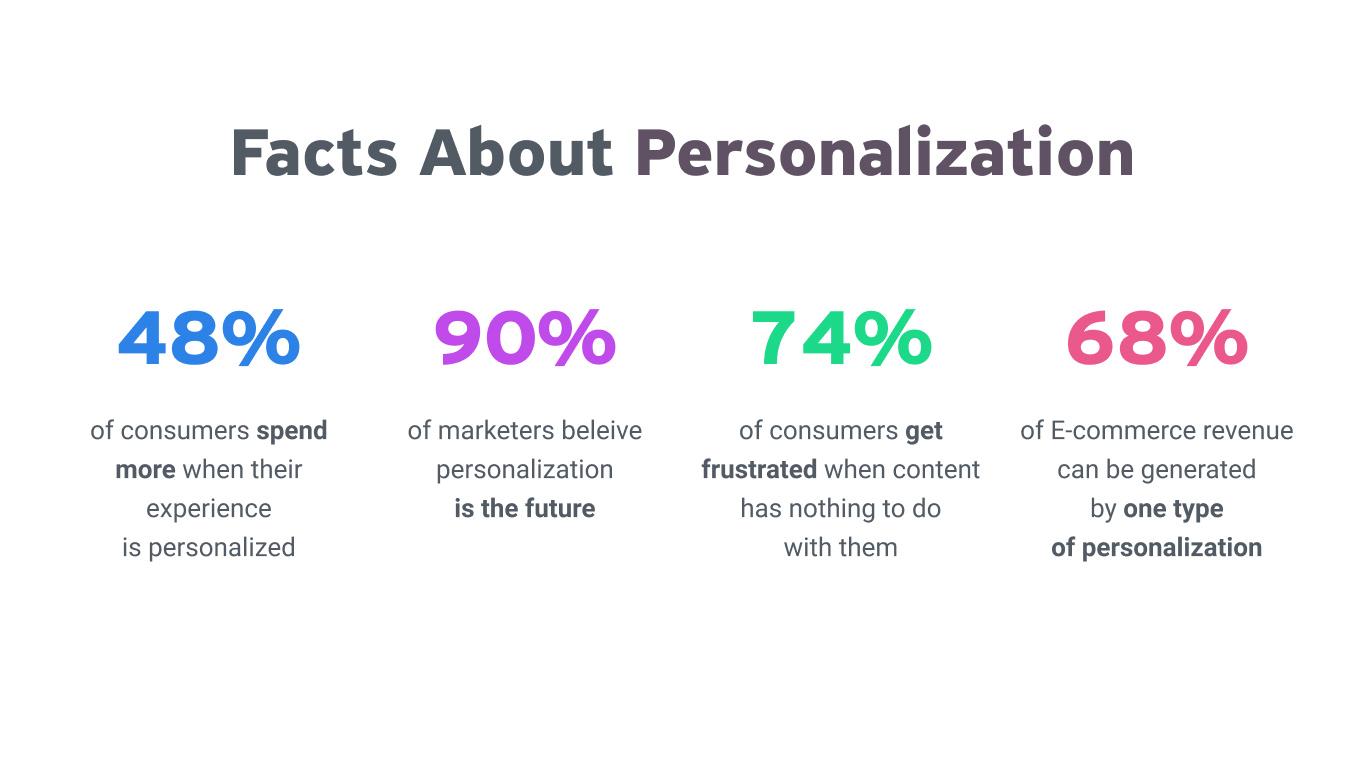
Personalizations help your business build a deep direct connection with customers and drives their loyalty. Moreover, existing personalization level is near to doing a leap to voice recognition and cognitive-computing systems. But this is a story for another article.
Need personalized UI? Feel free to contact us.